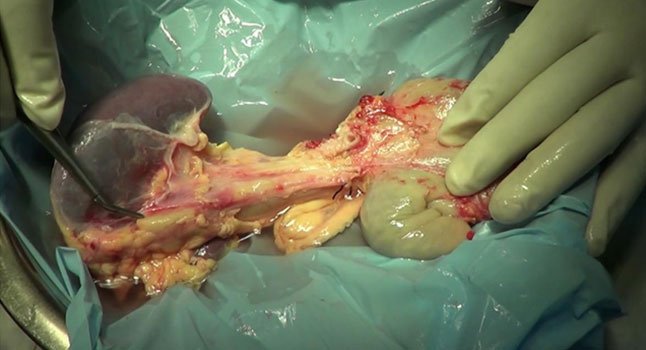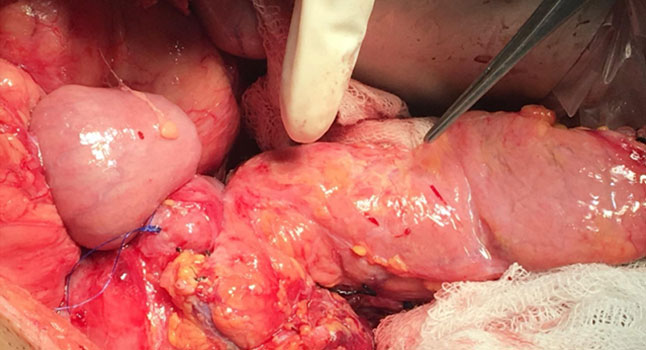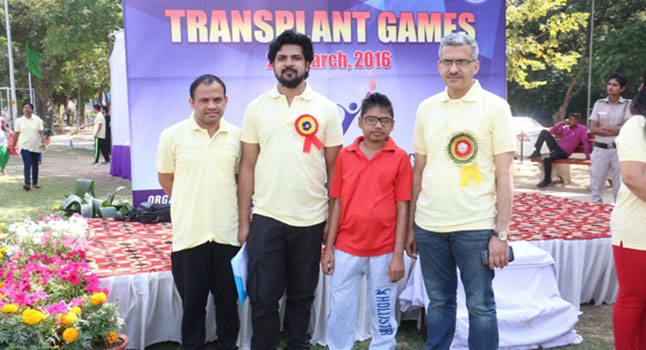Pancreas Transplantation in India

|
Dr. Ashish Sharma, |
A successful pancreas transplant is the only certain cure for patients suffering from diabetes. Diabetes occurs either because of less insulin in your body or your body becoming resistant to the effects of insulin because of obesity. Insulin is required for utilization of glucose present in the blood which comes from the food we eat. Having less insulin in your body leads to increase in the levels of glucose in your blood. The vessels carrying the blood to different organs do not tolerate high blood sugars well, resulting in damage to the lining membrane of the blood vessels which further damages the organs supplied by these blood vessels. The various organs which are commonly damaged by diabetes include eye, kidney, nerves, heart etc.
Traditional Methods to Control Diabetes
Most patients with diabetes take medicines to control their blood sugar, but those with complete absence of insulin in the body require multiple daily injections. Even with medicines and insulin, it is very difficult to have an optimal control of blood sugar, and patients often have wide fluctuations in their blood sugar. Overdose of these medicines or less than usual intake of food can also result in lowering of blood sugars to dangerous levels and sometimes result in coma. Fortunately, the body has a mechanism to let a person know about hypoglycemia by means of intense hunger, sweating and increase in heartbeat. But over a period if the nerves also get damaged because of diabetes, this awareness regarding hypoglycemia is also lost, and is termed as hypoglycemic unawareness. These patients can easily slip into coma.
Apart from insulin and drugs, many other approaches have been tried to cure diabetes. One of these includes delivery of insulin by a pump with a glucose sensor attached to it. This pump is attached to the patients’ tummy which continuously releases insulin in the body depending upon the blood glucose levels. However, pumps limit an individual’s activities and a malfunction of pump or its sensor can result in dangerous increase or reduction in blood sugar.
Doctors have also tried injection of stem cells into pancreas or liver but long-term outcomes after these have been disappointing.
The Solution
Only two approaches have been proven to be effective in curing diabetes. The first one is injection of insulin producing cells, and the other is pancreas transplantation. Both these approaches require a human pancreas which is obtained from an organ donor after her/his death. While a few pancreas transplantations have been reported after obtaining an organ from a living donor, the procedure is considered risky for the donor and is not widely practised. As both these approaches also require the donor organ from some other individuals, a transplant patient must be given medicines to suppress their immune system.
Pancreas transplantation requires a major surgery with associated risk of complications, whereas injection of insulin producing cells is much easier. However, diabetes frequently recurs in a few years after injection of these cells and long-term results again are much inferior as compared to pancreas transplantation.

Retrieved Pancreas
A successful pancreas transplant restores the insulin supply to the body and causes normalization of blood glucose. The complete normalization of blood glucose also can reverse some of the complications of the disease. The most common pancreas transplantation is a simultaneous pancreas-kidney transplantation where patients suffering from kidney failure due to diabetes are transplanted with both organs. (In an ideal situation, patients should be offered transplantation before the development of kidney failure.

Transplanted Pancreas
India & Pancreas Transplants
The first such successful transplants in the world were performed in the 1970’s and about 1000 pancreas transplants are performed in the USA each year. In contrast to this, less than 100 such transplants have been performed in India.
The reasons for lack of pancreas transplantation in our country has been the lack of availability of organ donors, as very few persons chose to donate their organs after death. But situation is changing very fast and over 900 persons donated their organs last year in the country.
However even this increase in number of organ donors in India is very low as far as pancreas transplants are concerned. This is because unlike kidney and liver, only a small proportion of all donated pancreas’ can used for transplantation, as criteria for pancreas suitability for transplantation are very strict – like age limit of between 10-45 years, lack of obesity etc. If an unsuitable pancreas has been used for transplantation, the recipients’ recovery after transplantation is delayed and complications are much higher. Therefore, only an ideal pancreas can to be used for transplantation, and this limits the amount of pancreas transplants in India.
Another reason for low numbers of pancreas transplantation in our country is presence of very few trained transplant surgeons in the country. While there are ample surgeons across different specialties who perform liver and kidney transplantation, pancreas transplantation requires special training. At present, only a few centers across the country with trained surgeons offer pancreas transplant on a regular basis. Those centers are PGI Chandigarh, IKD, Ahmedabad, and Apollo Hospital, Chennai.
At PGI Chandigarh, pancreas transplantation was initiated in December 2014, and 16 such transplants have been performed so far. Nearly all these operations have been performed in diabetic patients with end stage kidney disease. The total cost of an uncomplicated operation has been between 4-5 lakh at PGI but will vary depending on which hospital a patient goes to.
Outcomes
While the outcomes were mixed after the early few operations, the recent cases have been completely successful with patients coming off both dialysis and insulin. The majority of patients transplanted were young and were on 4-5 daily injections of insulin for many years. One of them had been on insulin injections since the age of 2! While the successful kidney transplantation has given them freedom from twice a week dialysis, pancreas transplantation has allowed them to eat whatever they like without any fear of complications of diabetes. Moreover, the patients relish the freedom from 8-10 daily needle pricks required for monitoring of their blood sugar and administration of insulin injections.

The boy in red is a pancreas & kidney transplant patient at the annual athletic meet of transplant patients
It is hoped that with increasing awareness regarding organ donation, more pancreas would be available for transplantation and number of such transplants would increase the benefit to thousands of diabetic patients in the future.

